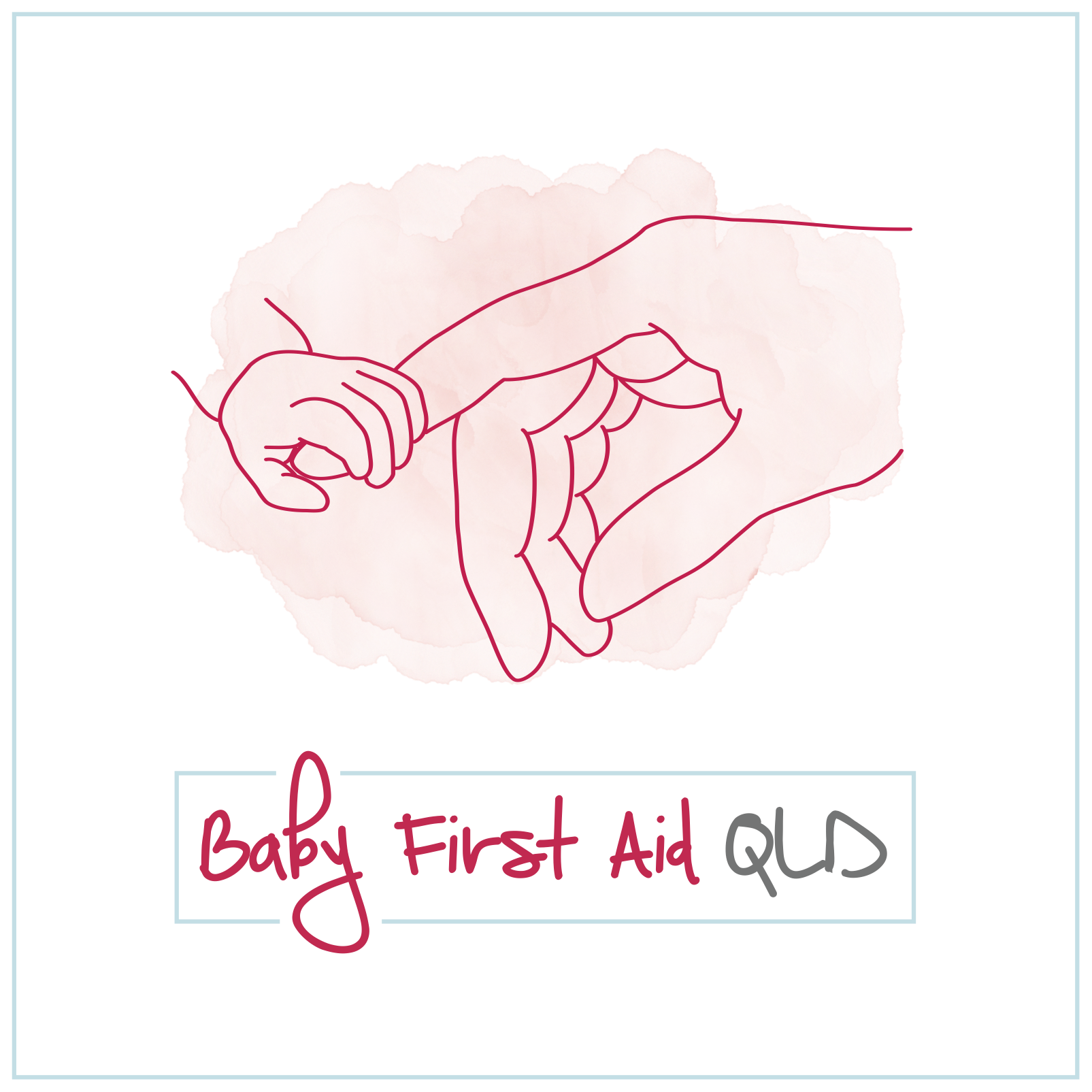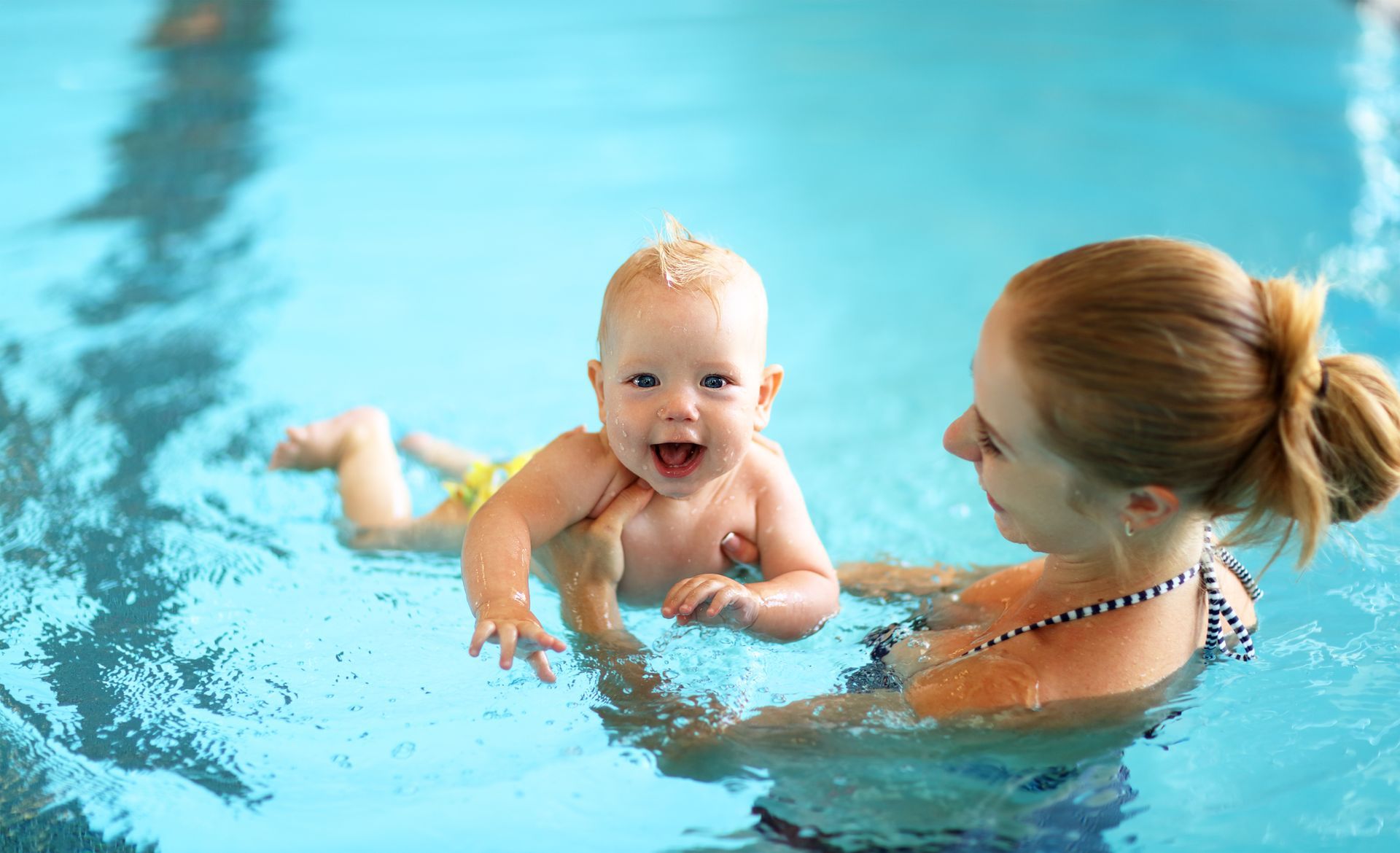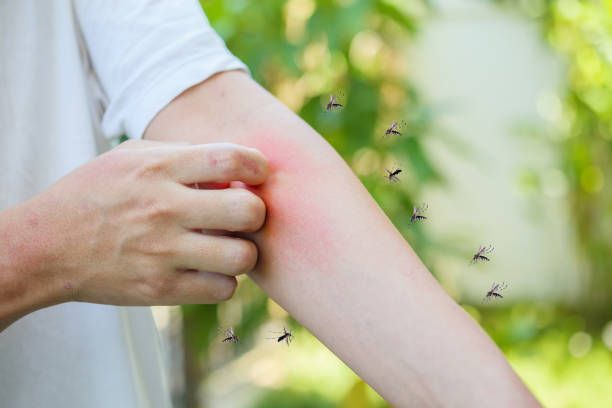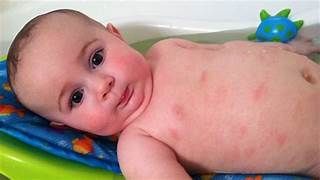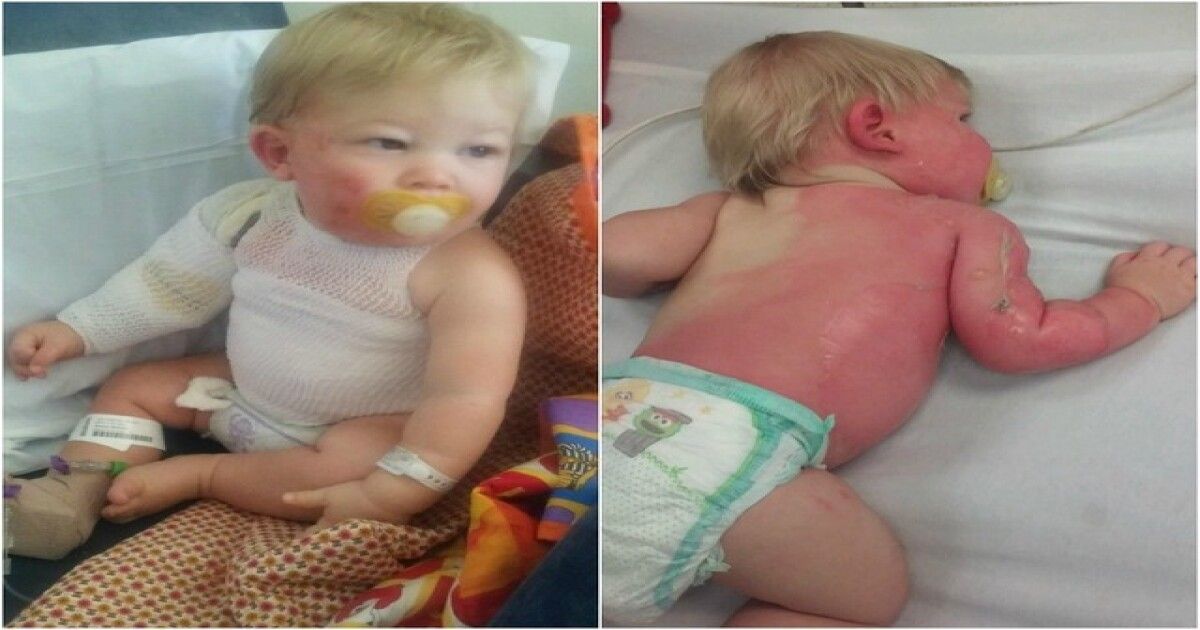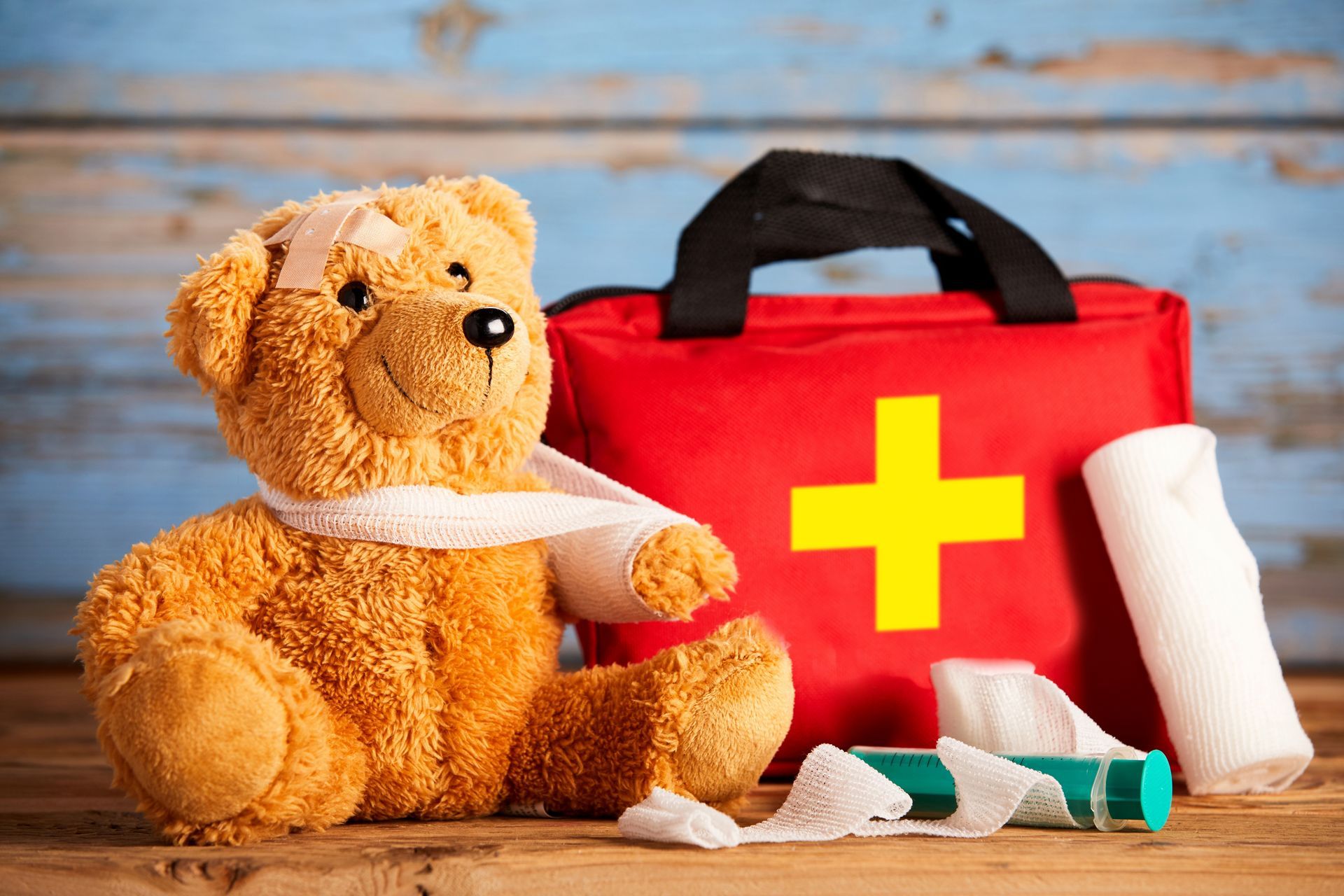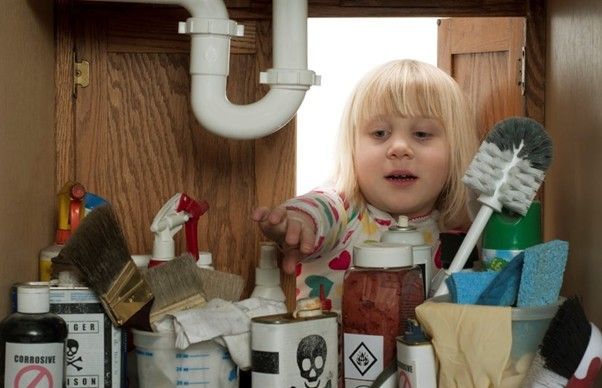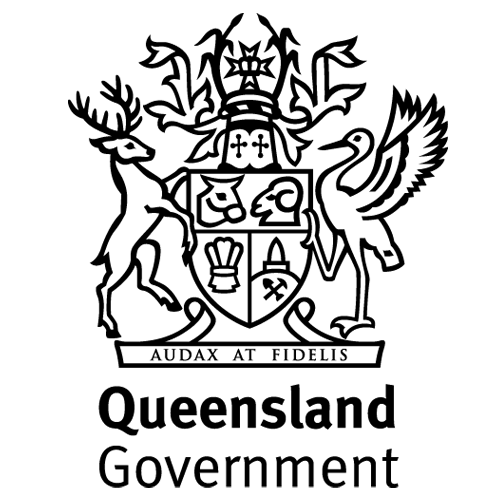Head Injuries: Understanding the Warning Signs After a Bump or Fall
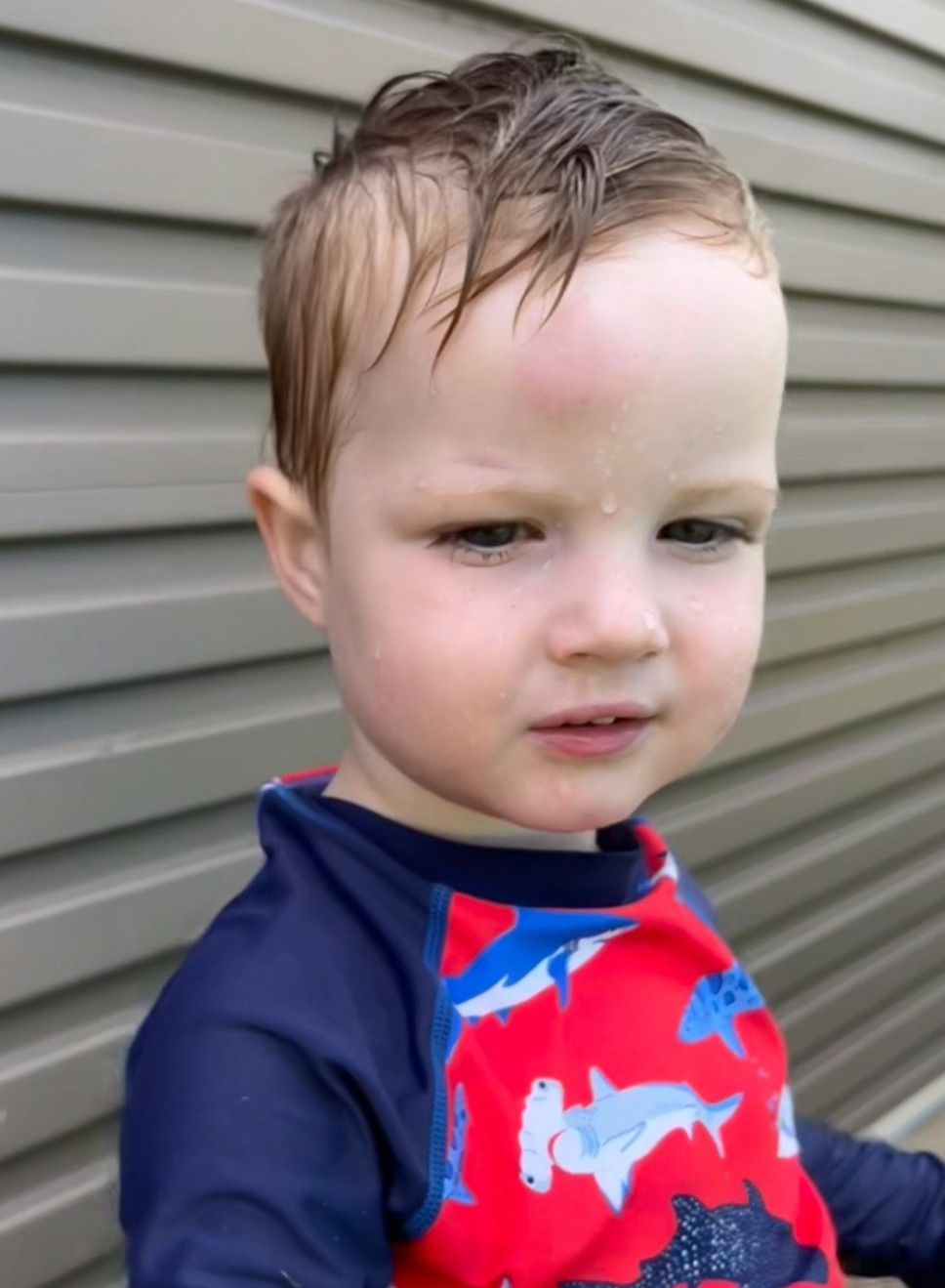
Every parent knows that bumps and tumbles are part of childhood. Whether it’s a toddler learning to walk or a school-aged child playing sport, knocks to the head are common and usually, they’re not serious. However, some head injuries can be more than just a bump, and it’s important to recognise when a child needs urgent medical attention. Understanding the difference between a mild knock and a potential concussion or brain injury can make all the difference in keeping your child safe.
Minor Bumps — When It’s Usually Okay
Most minor head bumps result in nothing more than a small bruise or lump. These occur when a child trips, falls from a low height, or bumps into furniture.
If your child:
- Cries immediately but settles quickly
- Is alert and behaving normally
- Has no vomiting, dizziness, or loss of consciousness
…it’s likely a minor head injury. Apply a cold compress to the area for 10–15 minutes to reduce swelling and continue to observe your child for the next 24–48 hours.
You can let your child rest and even go to sleep but check on them regularly to ensure they’re breathing normally and can be roused easily.
Warning Signs — When to Seek Urgent Medical Help
Sometimes, what looks like a small fall can cause more serious internal injury. Call 000 or go to your nearest emergency department immediately if your child:
- Loses consciousness, even briefly
- Is drowsy, difficult to wake, or unusually irritable
- Vomits more than once
- Complains of severe or worsening headache
- Has unequal pupils or blurred vision
- Has fluid or blood coming from the nose or ears
- Shows poor coordination, slurred speech, or confusion
- Develops a large swelling or bruise on the scalp (especially in babies under 12 months)
Trust your instincts, if something doesn’t feel right, get checked. It’s always better to err on the side of caution with head injuries.
Concussion — Recognising the Signs
A concussion is a mild traumatic brain injury caused by a sudden jolt or impact that disrupts brain function. Symptoms may appear immediately or develop over several hours.
Watch for:
- Headache or pressure in the head
- Dizziness or balance problems
- Sensitivity to light or noise
- Nausea or vomiting
- Confusion or slow responses
- Fatigue or unusual emotional changes
If you suspect a concussion, stop all physical activity immediately and have your child assessed by a healthcare professional.
Should You Wake a Sleeping Child?
It’s a common question and for good reason. After a minor bump, it’s safe to let your child sleep, as long as they are easily roused, breathing normally, and have no red flag symptoms.
If your doctor advises observation, you may be asked to gently wake your child every few hours for the first night to ensure they respond appropriately. If they are hard to wake, vomit, or seem confused, seek medical help right away.
Rest and Observe
For mild head bumps or concussions, the best treatment is rest and observation.
- Avoid screens, bright lights, and loud noises.
- Allow quiet activities and plenty of sleep.
- Gradually return to normal play and sports after medical clearance.
The Bottom Line
Most head bumps are harmless but knowing what to watch for can give you peace of mind and help you act fast if needed. Keep calm, monitor your child closely, and never hesitate to seek help if you’re unsure.
For more information:
https://www.rch.org.au/kidsinfo/fact_sheets/Head_injury
Disclaimer: The health information provided is for informational purposes only and is not intended to be a substitute for professional medical advice, diagnosis, or treatment. Always seek the advice of a qualified healthcare provider with any questions you may have regarding a medical condition.
